PDFs have become an indispensable part of the daily workflow and serve as the go-to format for documents. When it comes to opening and managing PDFs in general, the common choices are the graphical user interfaces. However, there are numerous situations where using the terminal or command line can offer greater efficiency and control.
The command line interface remains a powerful tool for system administrators and developers. While graphical user interfaces offer visual convenience, this article delves into the various methods to open PDF from terminal or command line. However, if you are seeking an effective option to edit/annoatte/convert your PDFs, UPDF serves some of the best tools to edit, convert, annotate, and read PDFs. Download it and get a free trial.
Windows • macOS • iOS • Android 100% secure
Part 1. A Guide to Open PDF From Terminal on Linux
Transitioning from graphical interfaces to open PDF in command line can seem daunting at first. However, if you are a Linux user, you are most likely comfortable using commands in the terminal. Linux offers a multitude of options that make handling PDFs both efficient and straightforward. Below, we have covered several command-line tools and techniques tailored for Linux to enable you to open PDFs with ease:
Method 1. Open PDF on Linux Using Evince
It is a widely used document viewer designed for the GNOME desktop environment and supports multiple document formats, such as PDFs. Evince is a powerful application that can easily be launched from the terminal to open and view PDF files. This software is the preferred PDF viewing application on numerous Linux operating systems, including Ubuntu and Fedora. Detailed below is the guide needed to open PDF files via Evince on Linux:
Instructions. Begin by opening the terminal on your Linux system and run the following command to open a PDF file using Evince:
"evince path/to/your/file.pdf"
Within this command, you can replace the "path/to/your/file.pdf" with the path to your targeted PDF file and its name. For example:
"evince ~/Documents/sample.pdf"
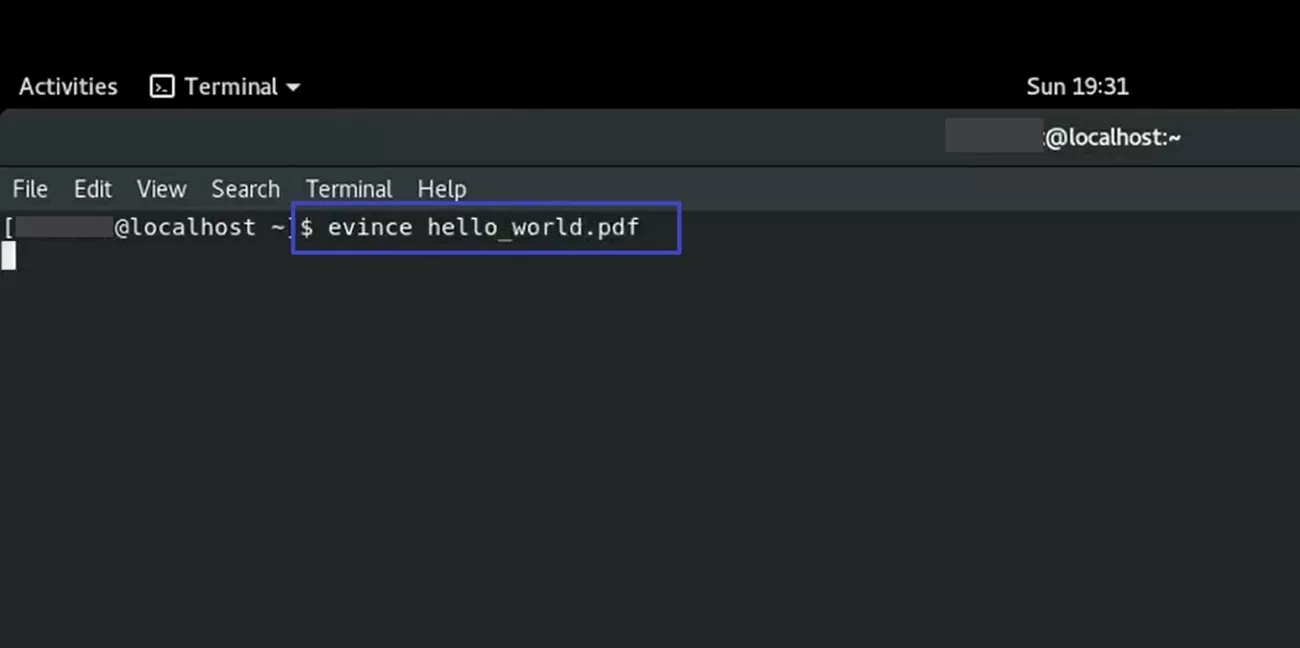
Method 2. View PDF on Linux via the xdg-open Command
A part of the xdg-utils package for different desktop environments, xdg-open can launch a file or URL using the user's default application. That makes it a convenient and excellent choice for viewing PDFs on Linux. As most Linux distributions come with xdg-utils pre-installed, you can use these steps to open PDF from terminal:
Instructions. To use xdg-open to open a PDF file on Linux, use the following command on the terminal after launching it:
"xdg-open path/to/your/file.pdf"
Now, replace "path/to/your/file.pdf" with the actual path to your PDF file. For a PDF file that is located in the "Downloads" folder, the command would be:
"xdg-open ~/Downloads/sample.pdf"
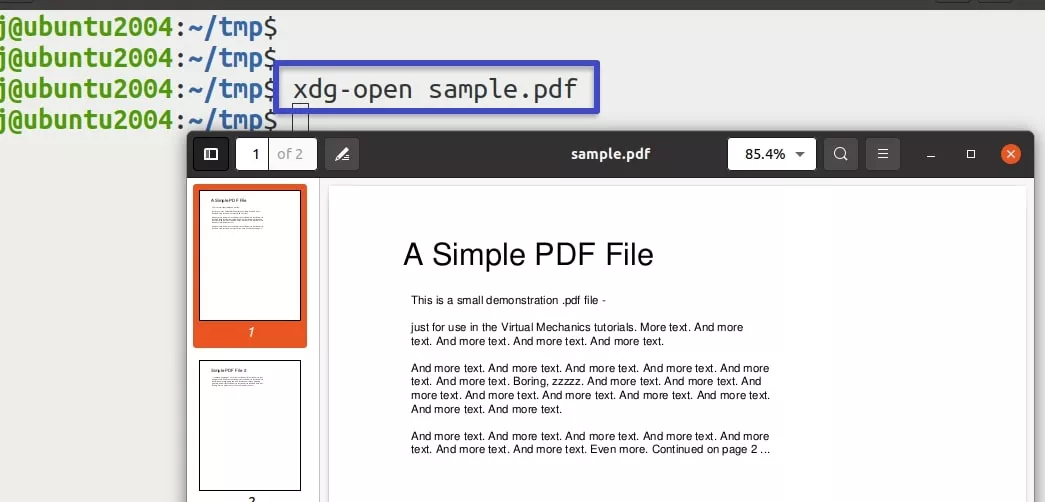
Method 3. Utilize on Linux to View PDF Files
It is an open-source software that is widely used by Linux-based systems nowadays for viewing PDFs. Xpdf provides a lightweight and efficient means to access documents directly from the terminal. Due to its minimalist interface, this tool is favored by those who wish for no distractions. Although lacking in editing capabilities, you can still use these instructions to view PDFs on Linux using the terminal via this software:
Instructions. After confirming that Xpdf is installed on your Linux distribution, utilize the following command to open PDF in the command line:
"xpdf path/to/your/file.pdf"
To make this command work, replacing " path/to/your/file.pdf" with the actual detail is necessary. As an example, use the following command if your file is on the desktop and named "helloworld."
"xpdf ~/Desktop/helloword.pdf"
Part 2. The Right Way to Open PDF in Command Line (Windows/Mac)
With a clear understanding of how to open PDF in command line on Linux, it is time to turn the attention to other major operating systems. Both Windows and macOS offer command-line tools and methods to open PDFs, which can be just as efficient and beneficial for users seeking streamlined workflows.
For Windows
You can open PDF files from the command line on Windows in a variety of ways. These methods include the utilization of both built-in commands and third-party tools. Here's a popular method for opening PDF files using the Command Prompt on your PC:
Step 1. To use this method, you must first open the Command Prompt with administrative privileges to avoid any permission problems. You will need to look for CMD employing the Windows search bar to select "Run as administrator" for successful launching.
Step 2. Within the CMD, you will need to navigate to the installed directory of the PDF editor (UPDF or any PDF app) you want to use for PDF view through this command:
cd "C:\Program Files (x86)\UPDF"
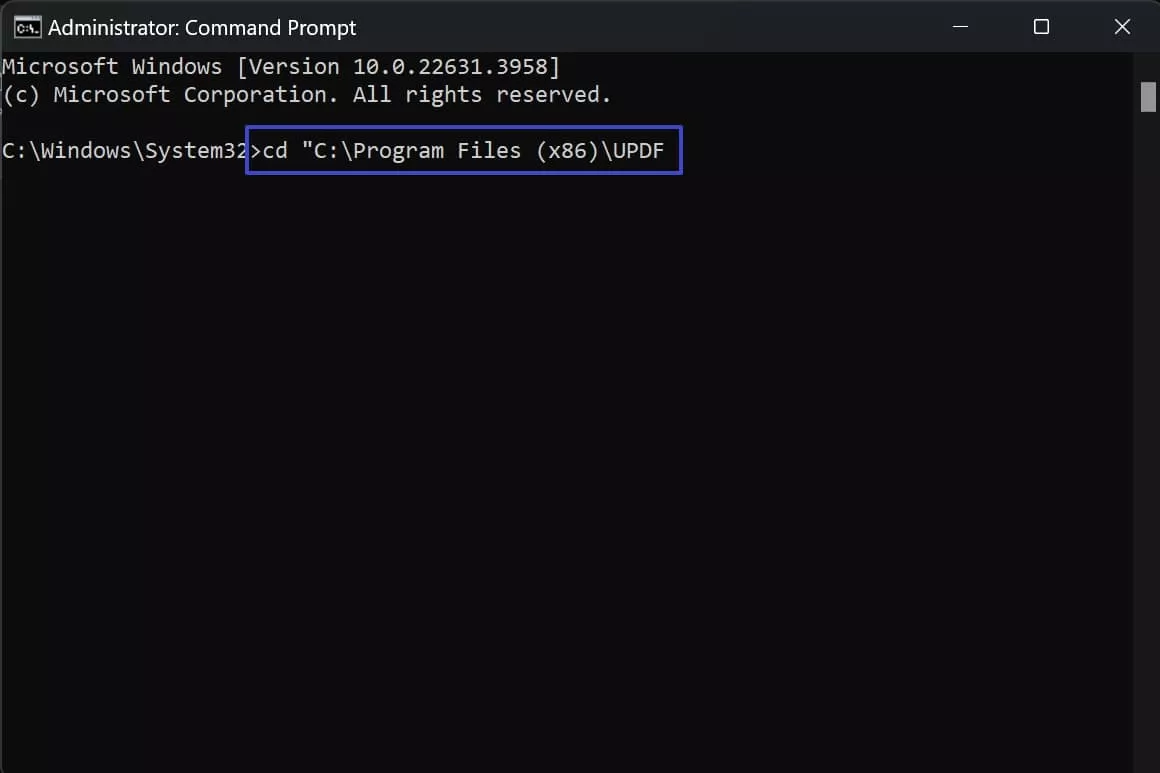
Step 3. Following that, you can open your PDF file using the "UPDF.exe "path\to\your\file.pdf"" command with ease. For example, execute the following command to open a PDF named "Sample_PDF" that is located in the "Downloads" folder
For Mac
macOS offers several built-in tools and commands to open PDF files from the command line, leveraging the power of the Terminal. A famous way is to use the "open" command to open PDF files with the default PDF viewer on your macOS system. To open PDF from Terminal on Mac, carefully execute the following detailed directives:
Step 1. The first thing you need to do is launch the Terminal on your Mac via the "Applications" folder. Moreover, it is also possible to use the Spotlight Search to look for "Terminal" via the "Cmd + space bar" key combination.
Step 2. Within the Terminal window on your Mac, run the following command to open the targeted PDF document:
"open <filename>.pdf"
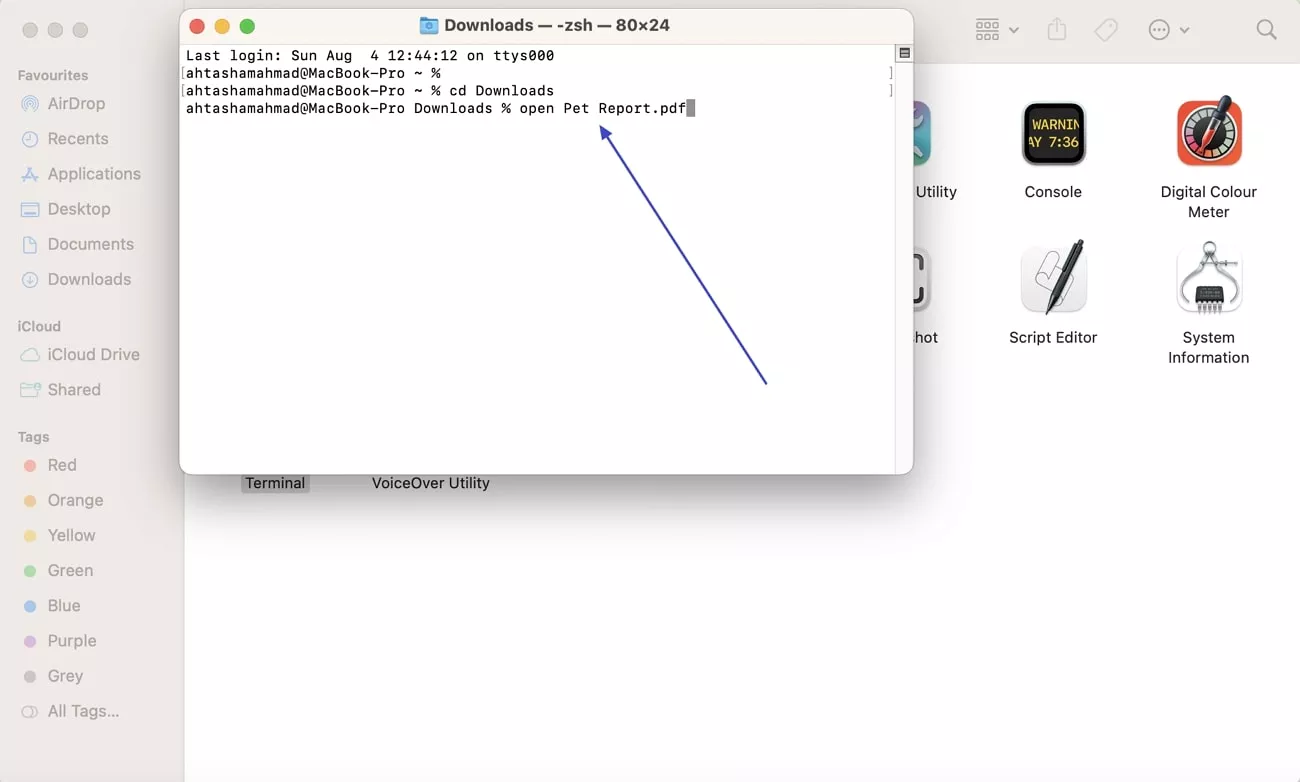
Bonus Part. The Perfect Tool to Read PDFs on Your Computer
Having explored the various methods to open PDFs from the command line, it's worth considering a versatile and powerful tool to elevate your PDF reading experience. For those who frequently work with PDFs and seek an all-in-one solution, UPDF emerges as an ideal choice. It is a comprehensive PDF reader designed to cater to the diverse needs of users across various platforms.
With its AI-powered features and robust functionality, UPDF stands out as a reliable tool for the comprehensive management of PDF documents. This tool fulfills the needs of all types of users ranging from students to professionals and casual users effortlessly. On your Windows computer, you can even take the help of this advanced PDF editor to open PDF in command line. The best part is, UPDF offers a free trial, you'll only have to download it.
Windows • macOS • iOS • Android 100% secure
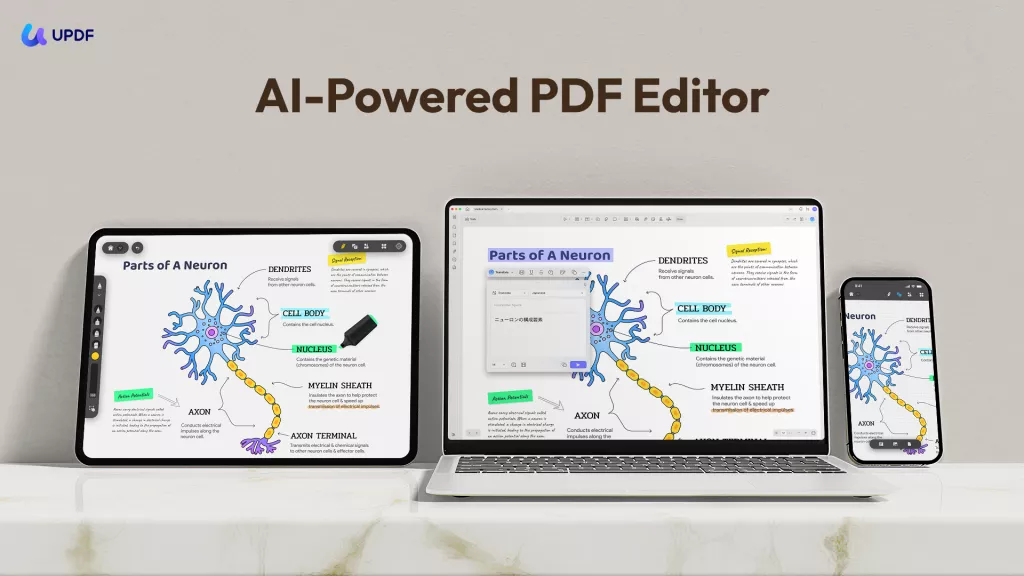
Key & Noteworthy Aspects of UPDF
As mentioned, the list of tools for PDF management that are both advanced and robust is a long one in UPDF. Below, we have described a few of these tools to further enahnce your familiarity with this PDF editor:
1. Advanced Annotation Tools
UPDF provides a range of annotation tools, including highlights, underlines, strikethroughs, and notes. These features enable users to mark up their documents effectively to make it easier to review and collaborate on PDFs.
2. Robust Editing Capabilities
Beyond simple reading, UPDF offers extensive editing features. Users can modify text, images, and other elements within their PDFs, ensuring that documents can be updated and customized without needing additional software.
3. Secure Document Handling
Security is a top priority for UPDF as this tool includes options for password protection and encryption. The purpose is to ensure that your sensitive documents remain secure and accessible only to authorized users.
4. Efficient File Management
When it comes to sorting out bulky PDF files, UPDF allows users to organize their documents efficiently. With features such as extracting, splitting, and rearranging pages, you can manage your files with ease and maintain an organized document library.
5. Cloud Support
This PDF editor supports a robust cloud storage service called UPDF Cloud to ensure you can work on PDFs without any issues. This capability guarantees that your documents are consistently backed up and available from any location, offering both flexibility and reassurance.
6. AI Assitant
It offers a wide range of capabilities, from summarizing and translating PDFs to converting PDFs into mind maps. Moreover, it lets you interact with images and engage in AI-driven conversations on any topic. Additionally, you can enhance your productivity and creativity with UPDF AI, as it is powered by the robust and powerful GPT-5.
7. Fill & Sign
With UPDF, you can effortlessly create dynamic PDF forms and fill them with ease in a dynamic way. Furthermore, it lets you secure them with digital or electronic signatures to put your mind at ease. Additionally, you can create up to nine interactive fields on the forms, along with the ability to duplicate them.
You can watch the video below to learn more about it.
Conclusion
To summarize, the ability to open PDF from terminal or command line can greatly enhance your productivity. Each operating system offers robust tools and commands, ranging from Envice on Linux to Go on macOS. Mastering these methods allows you to effortlessly integrate PDF management into your command-line workflow. However, for those who require a more comprehensive solution, UPDF stands out as an exceptional tool that offers powerful features.
Windows • macOS • iOS • Android 100% secure
 UPDF
UPDF
 UPDF for Windows
UPDF for Windows UPDF for Mac
UPDF for Mac UPDF for iPhone/iPad
UPDF for iPhone/iPad UPDF for Android
UPDF for Android UPDF AI Online
UPDF AI Online UPDF Sign
UPDF Sign Edit PDF
Edit PDF Annotate PDF
Annotate PDF Create PDF
Create PDF PDF Form
PDF Form Edit links
Edit links Convert PDF
Convert PDF OCR
OCR PDF to Word
PDF to Word PDF to Image
PDF to Image PDF to Excel
PDF to Excel Organize PDF
Organize PDF Merge PDF
Merge PDF Split PDF
Split PDF Crop PDF
Crop PDF Rotate PDF
Rotate PDF Protect PDF
Protect PDF Sign PDF
Sign PDF Redact PDF
Redact PDF Sanitize PDF
Sanitize PDF Remove Security
Remove Security Read PDF
Read PDF UPDF Cloud
UPDF Cloud Compress PDF
Compress PDF Print PDF
Print PDF Batch Process
Batch Process About UPDF AI
About UPDF AI UPDF AI Solutions
UPDF AI Solutions AI User Guide
AI User Guide FAQ about UPDF AI
FAQ about UPDF AI Summarize PDF
Summarize PDF Translate PDF
Translate PDF Chat with PDF
Chat with PDF Chat with AI
Chat with AI Chat with image
Chat with image PDF to Mind Map
PDF to Mind Map Explain PDF
Explain PDF Scholar Research
Scholar Research Paper Search
Paper Search AI Proofreader
AI Proofreader AI Writer
AI Writer AI Homework Helper
AI Homework Helper AI Quiz Generator
AI Quiz Generator AI Math Solver
AI Math Solver PDF to Word
PDF to Word PDF to Excel
PDF to Excel PDF to PowerPoint
PDF to PowerPoint User Guide
User Guide UPDF Tricks
UPDF Tricks FAQs
FAQs UPDF Reviews
UPDF Reviews Download Center
Download Center Blog
Blog Newsroom
Newsroom Tech Spec
Tech Spec Updates
Updates UPDF vs. Adobe Acrobat
UPDF vs. Adobe Acrobat UPDF vs. Foxit
UPDF vs. Foxit UPDF vs. PDF Expert
UPDF vs. PDF Expert






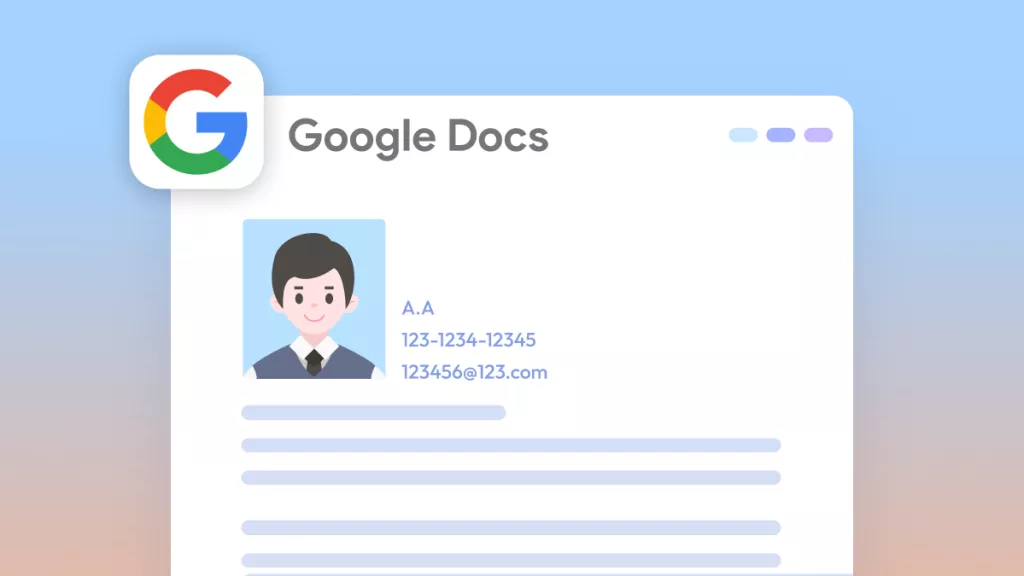

 Lizzy Lozano
Lizzy Lozano 
 Enola Miller
Enola Miller 

